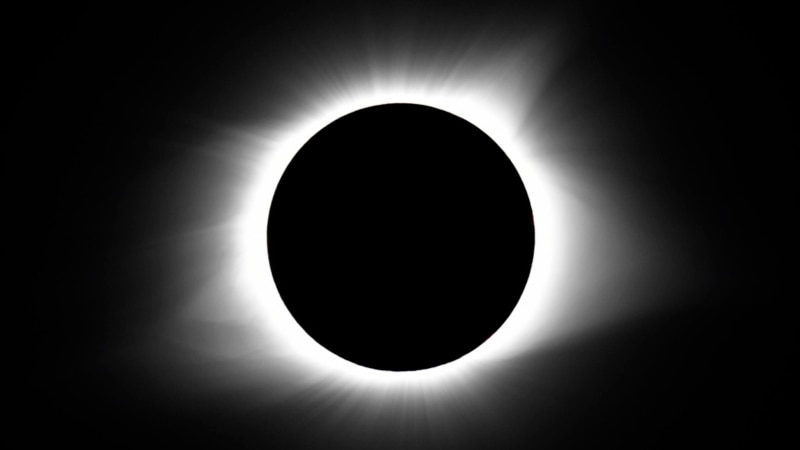North America is on the brink of another awe-inspiring celestial event as Monday’s total solar eclipse prepares to sweep across the continent.
This spectacular event will begin its journey by making landfall along Mexico’s Pacific coast before traversing through Texas and 14 other states in the U.S., eventually exiting over Canada.
Distinguishing itself from its predecessor in 2017, this eclipse is poised to last nearly twice as long, captivating an even broader audience. The moon will cloak the sun for up to 4 minutes and 28 seconds, an extraordinary phenomenon typically reserved for distant corners of the globe, but this time gracing major cities such as Dallas, Indianapolis, and Cleveland.
An estimated 44 million individuals reside within the path of totality, with an additional couple hundred million within 200 miles, marking the largest eclipse audience ever witnessed on the continent.
Practically every inhabitant of the continent will have the opportunity to witness at least a partial eclipse, and for those unable to witness it in person, online streaming options will be available courtesy of NASA and other platforms. The Associated Press will also provide live coverage of various watch parties and festivities.
Solar Eclipse (Credits: HELLO! India Magazine)
Of utmost importance, remember to don special glasses to safely observe the eclipse.
Here’s what you need to know about this Monday’s celestial phenomenon:
What exactly is a total solar eclipse?
During a total solar eclipse, the moon aligns perfectly between the Earth and the sun, obscuring the sunlight. This eclipse will last longer than usual due to the moon’s proximity to Earth, being just 223,000 miles away, one of its closest approaches this year.
The closer the moon is to Earth, the larger it appears in the sky from our vantage point, resulting in an extended period of intense darkness. Totality will be longest over Mexico, lasting 4 minutes and 28 seconds, while in other areas along the path, such as Syracuse, New York, it will last only 1 1/2 minutes.
Where will the eclipse occur?
The moon’s shadow will carve a diagonal path from southwest to northeast across North America, momentarily casting communities along its trajectory into darkness. Totality will commence at Mazatlan, Mexico, and conclude at Newfoundland, Canada.
En route, 15 U.S. states spanning from Texas to Maine will experience totality, including portions of Tennessee and Michigan. Cape Girardeau, Missouri, and Carbondale, Illinois, will once again find themselves in prime viewing locations, having witnessed the 2017 total solar eclipse.
When was the last total solar eclipse in the U.S.?
The last total solar eclipse in the U.S. occurred on August 21, 2017, although a “ring of fire” solar eclipse grazed a section of the country last October. During the “ring of fire” eclipse, the moon was positioned too far from Earth to completely obscure the sun, resulting in a striking, luminous ring encircling the star.
This phenomenon traversed from Oregon to Texas, continuing over Central America and Colombia before concluding in Brazil. Kerrville, Texas, situated just west of San Antonio, anticipates another sizable audience for this upcoming eclipse.
When is the next eclipse?
Following Monday’s event, the next total solar eclipse will not transpire until 2026, when it will touch the northern regions of the globe, including Greenland, Iceland, and Spain. Subsequently, in 2027, it will traverse Spain and northern Africa, boasting a remarkable totality period lasting 6 1/2 minutes.
North Americans will need to exercise patience until 2033 for another total solar eclipse, albeit limited to Alaska. In 2044, Western Canada, Montana, and North Dakota will enjoy front-row seats to the spectacle, and in 2045, the U.S. will once again witness a coast-to-coast total solar eclipse.
